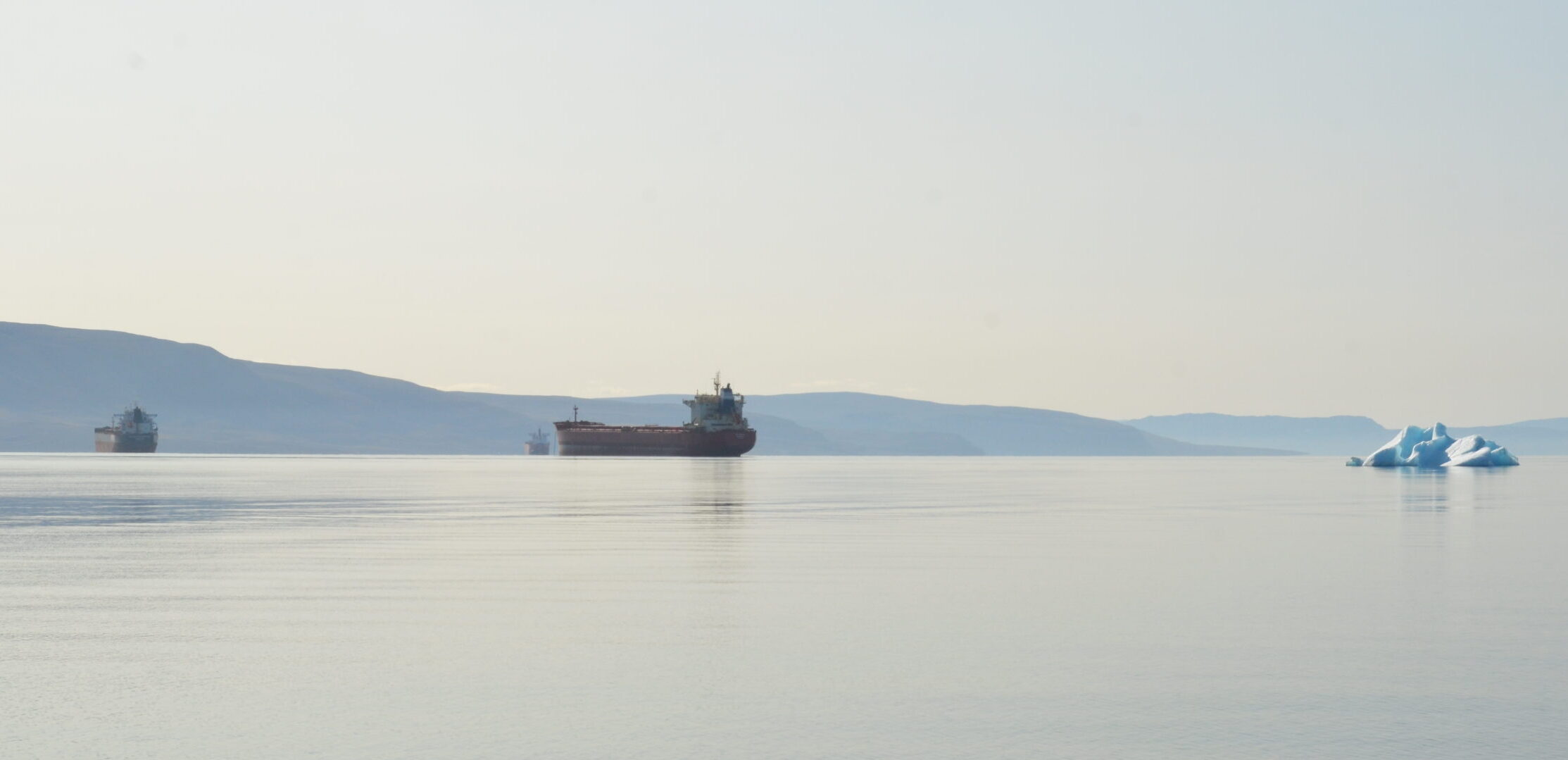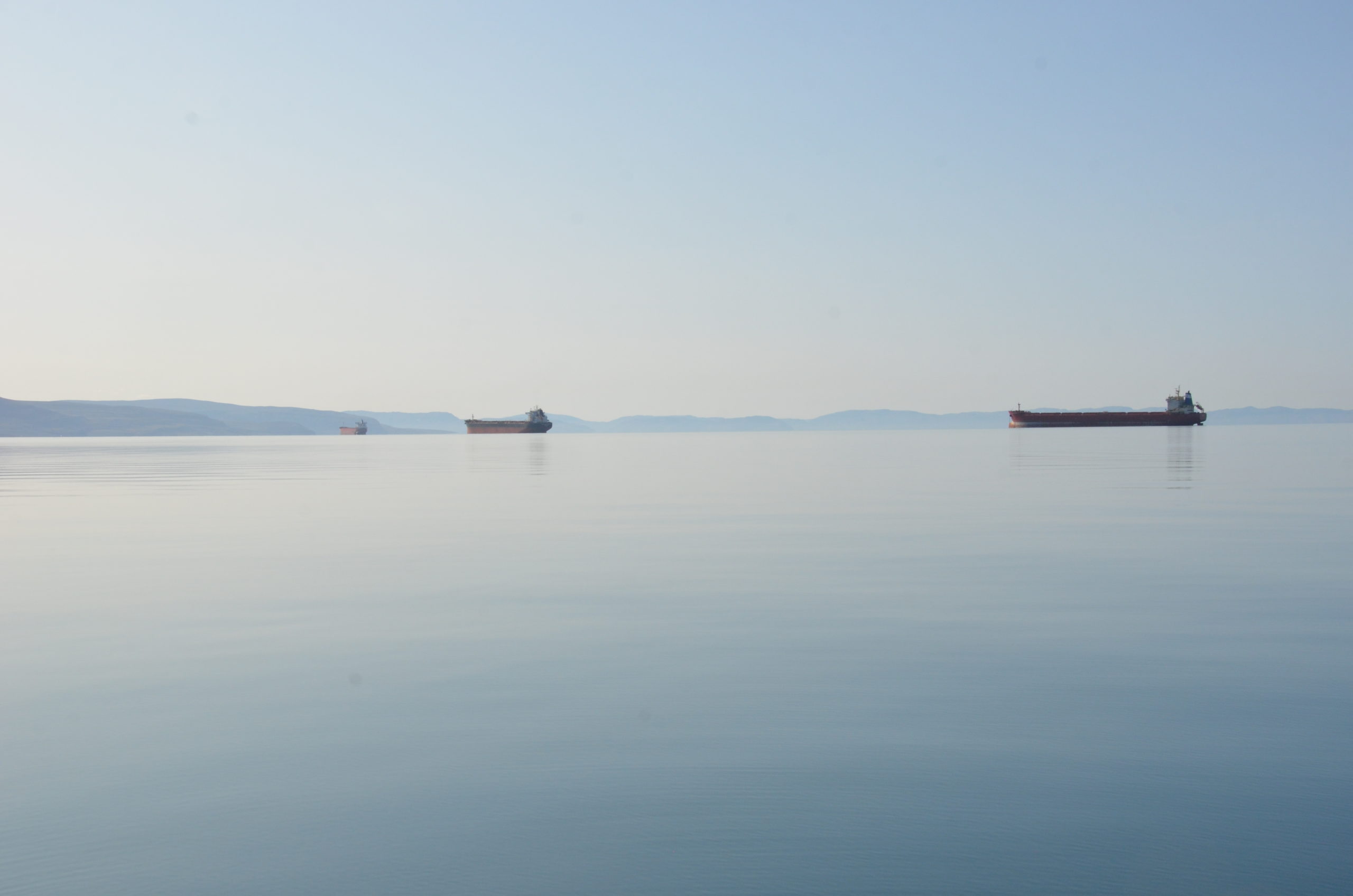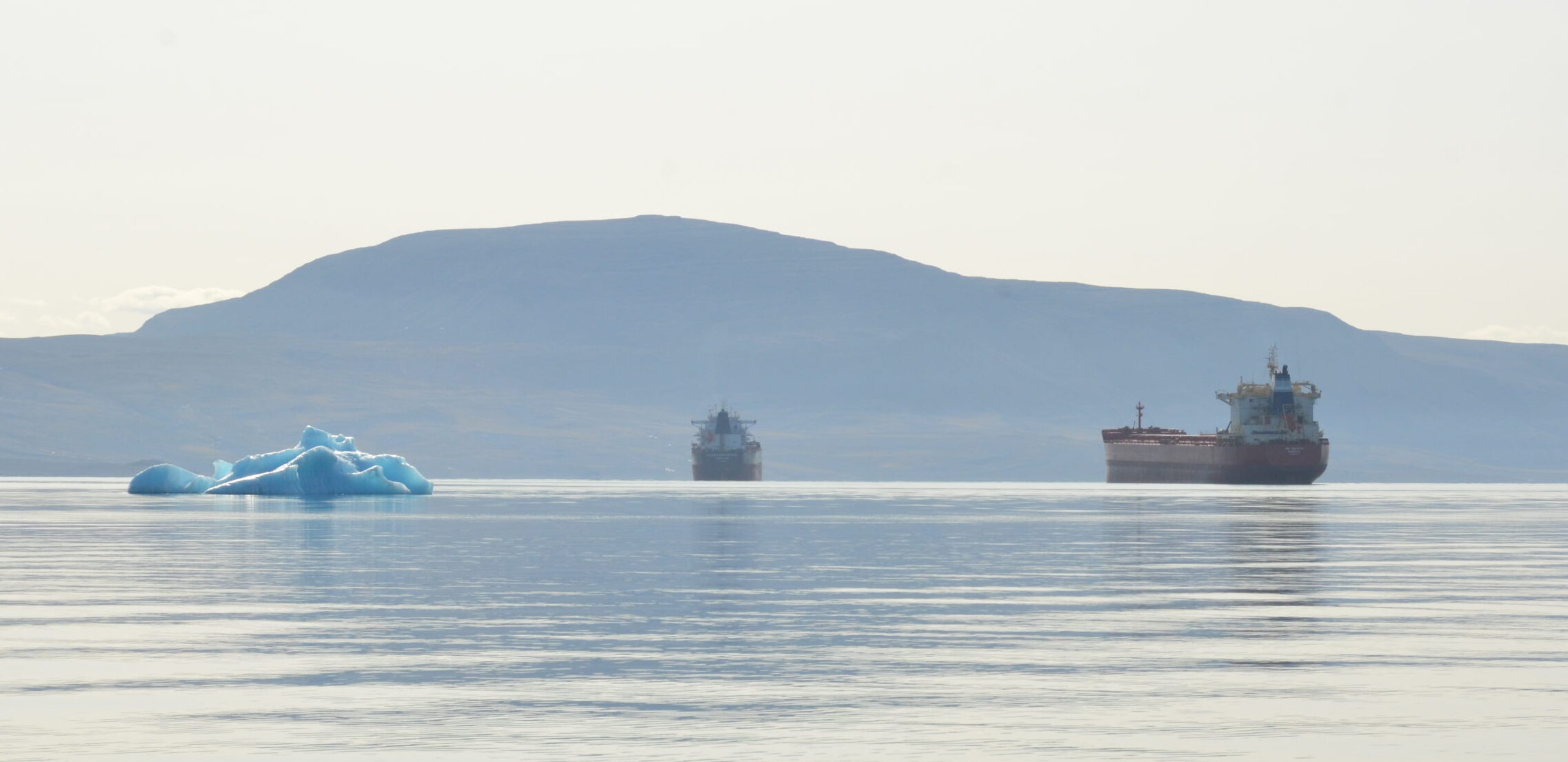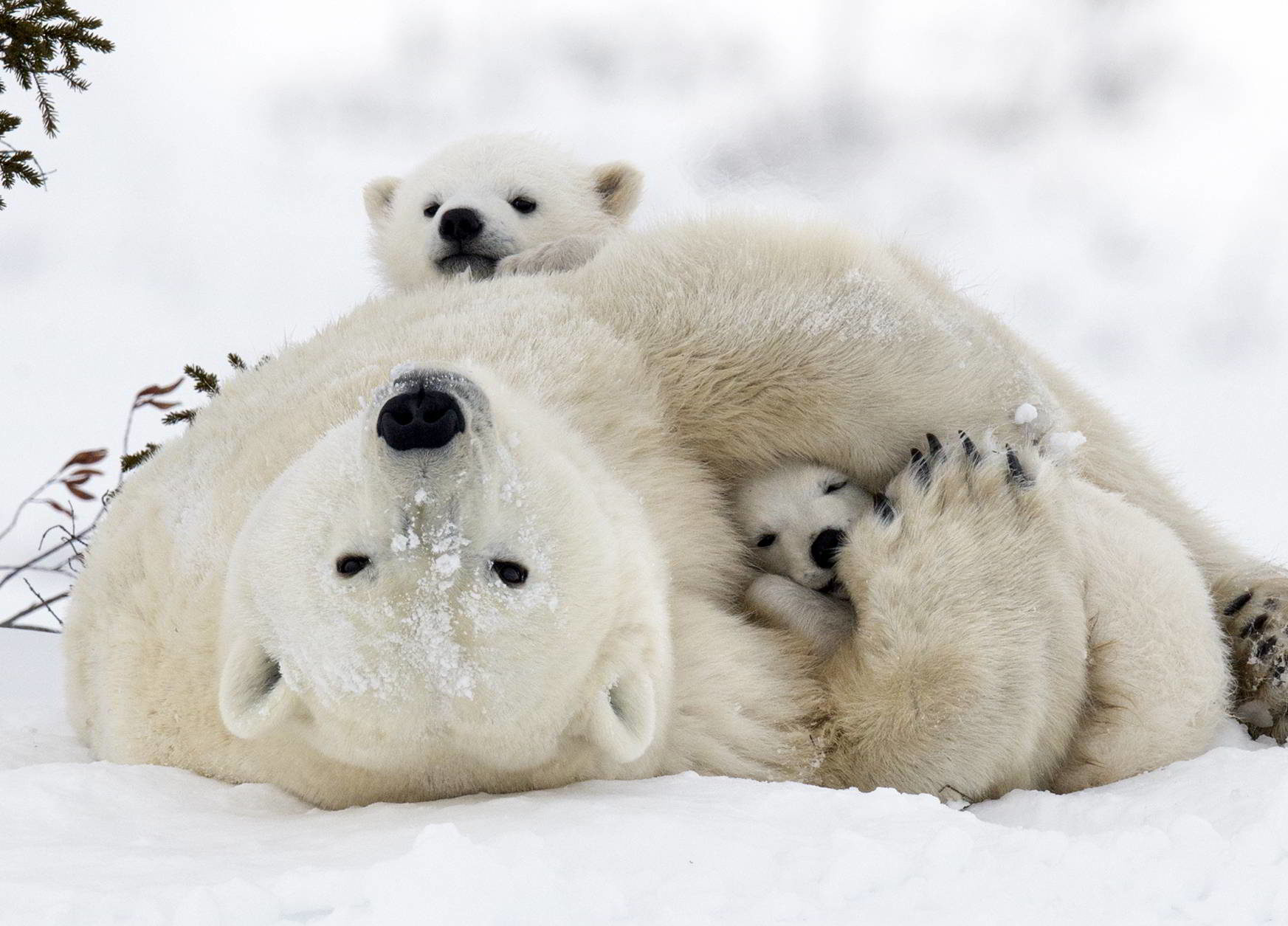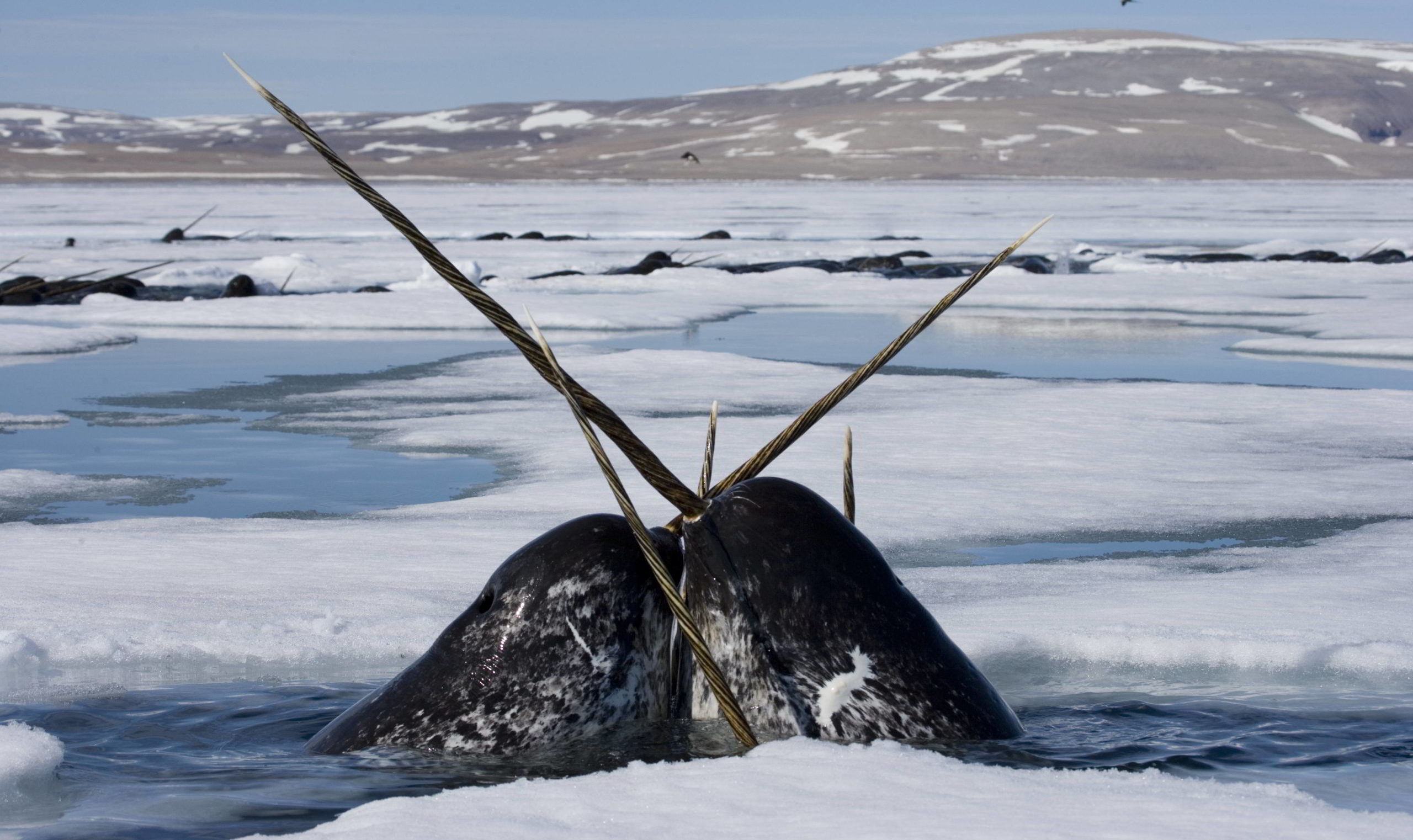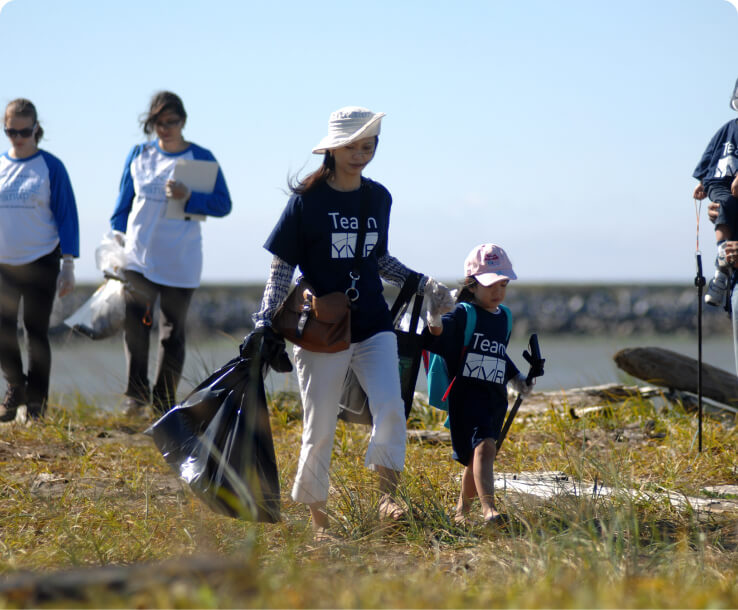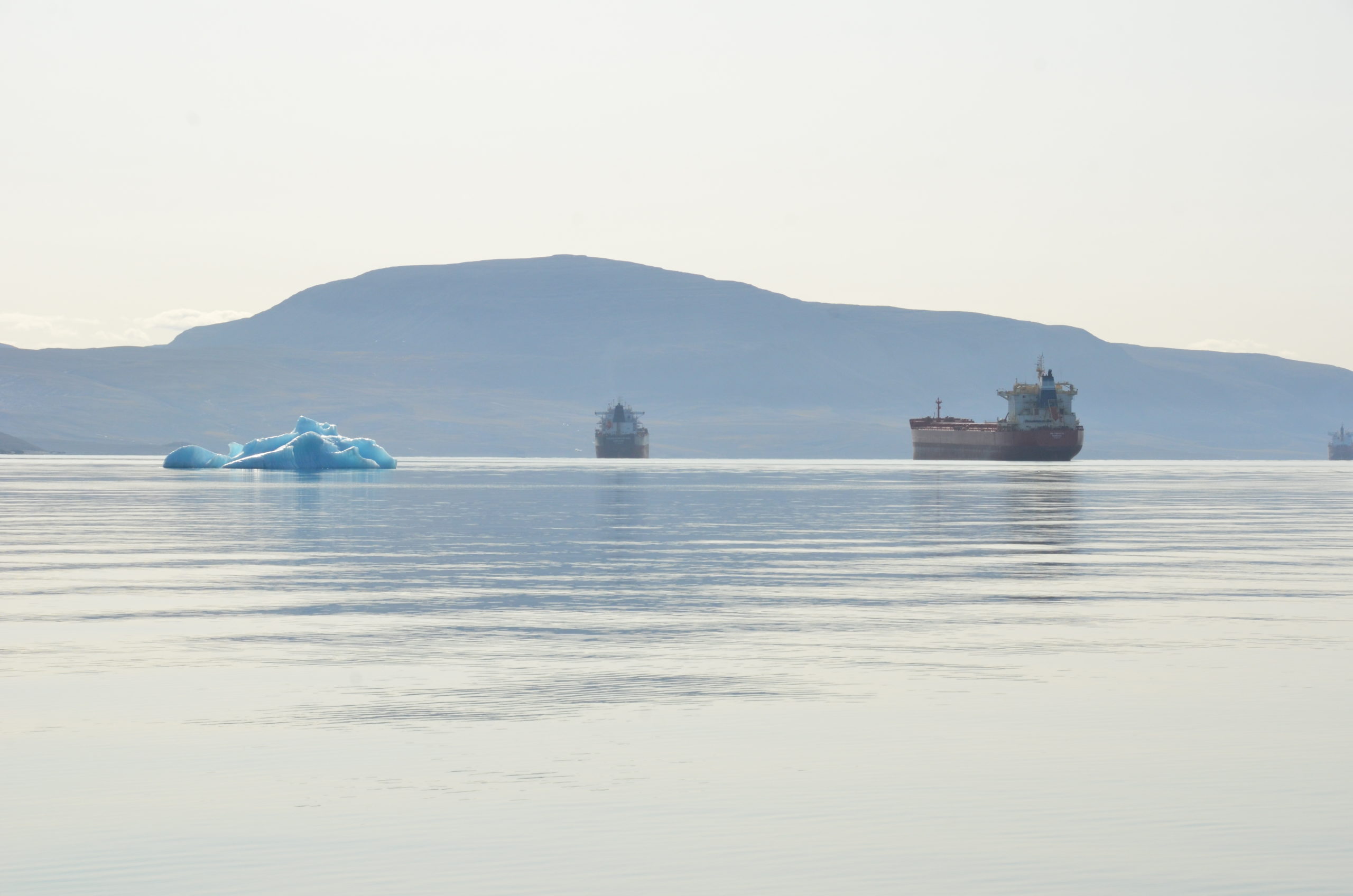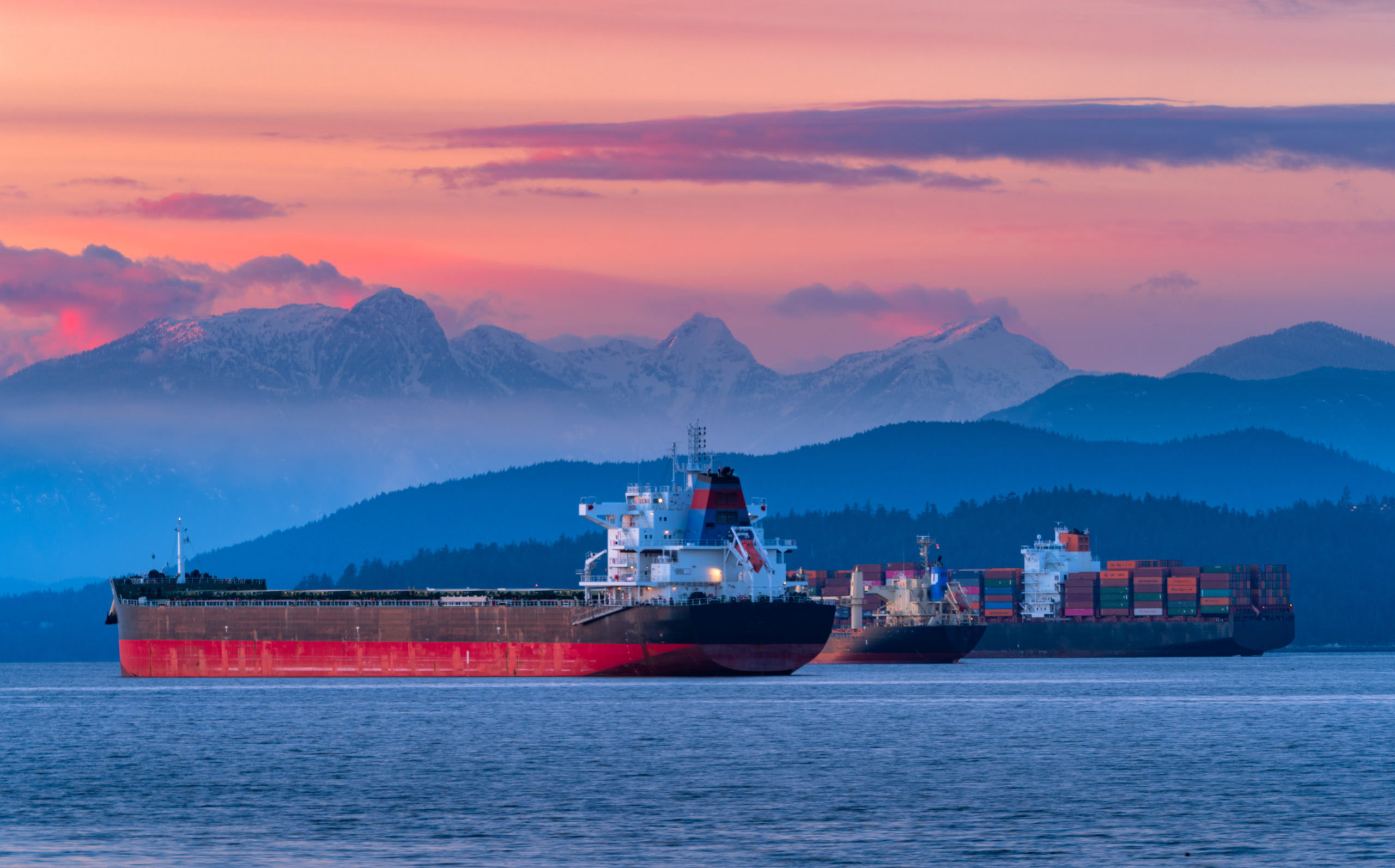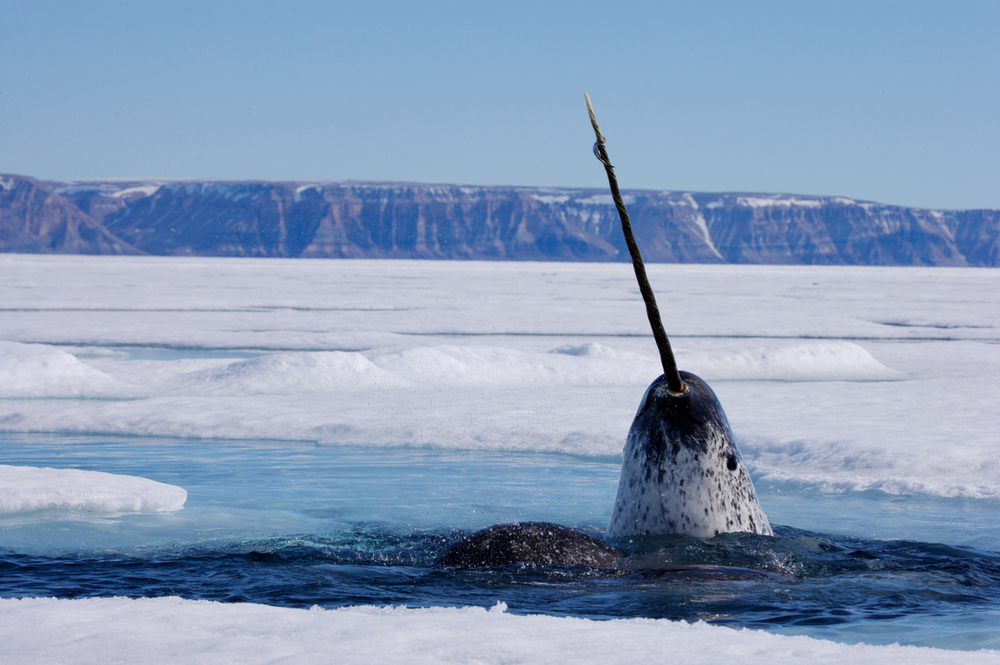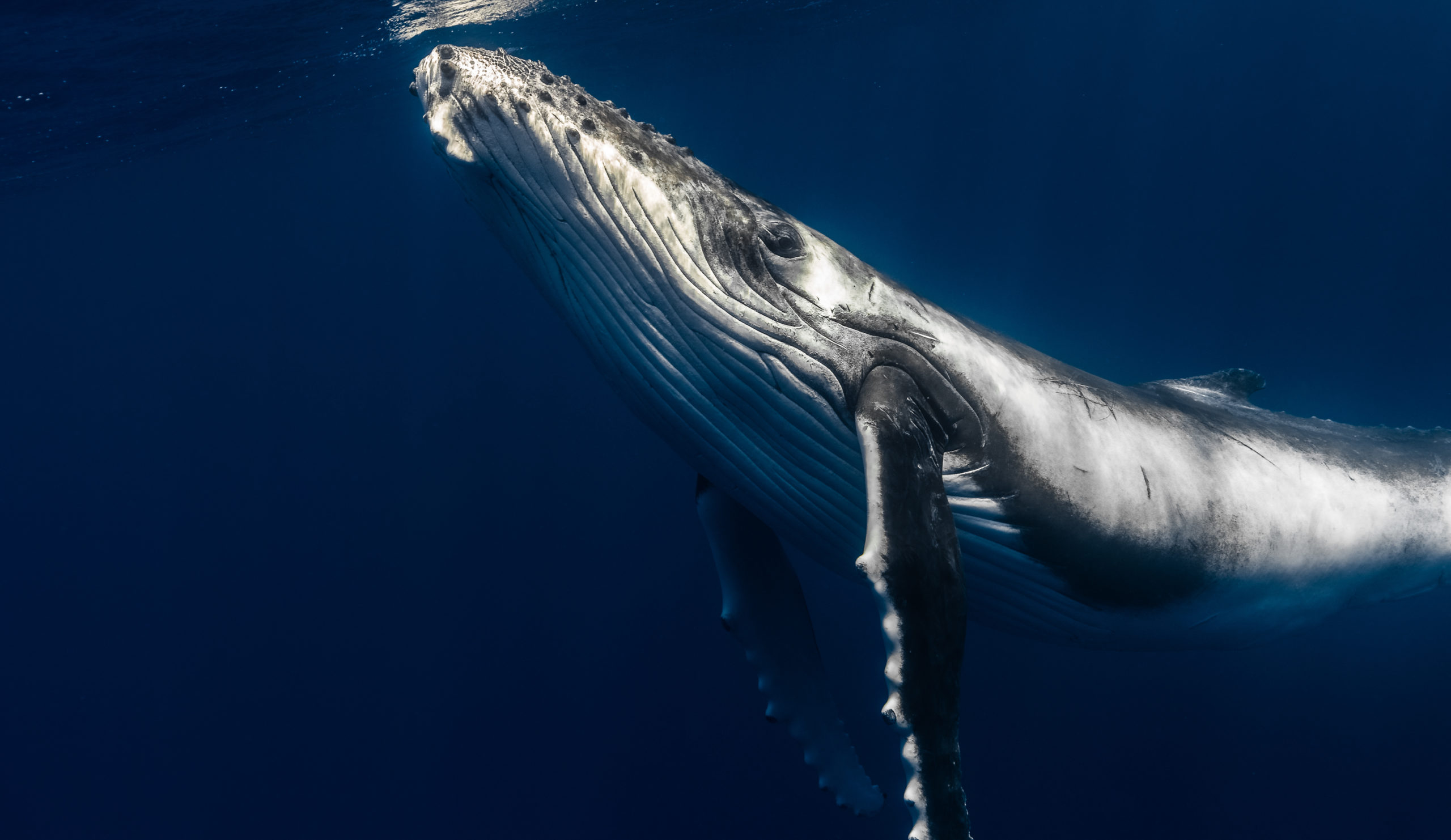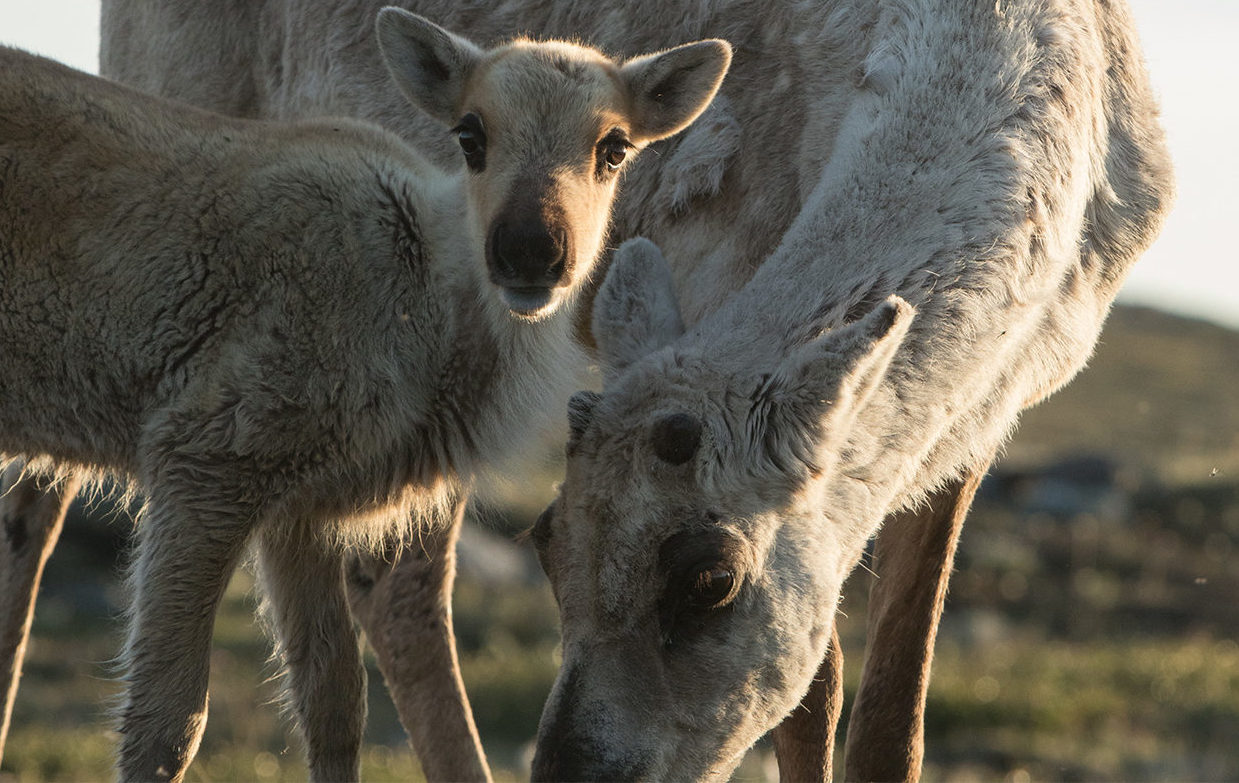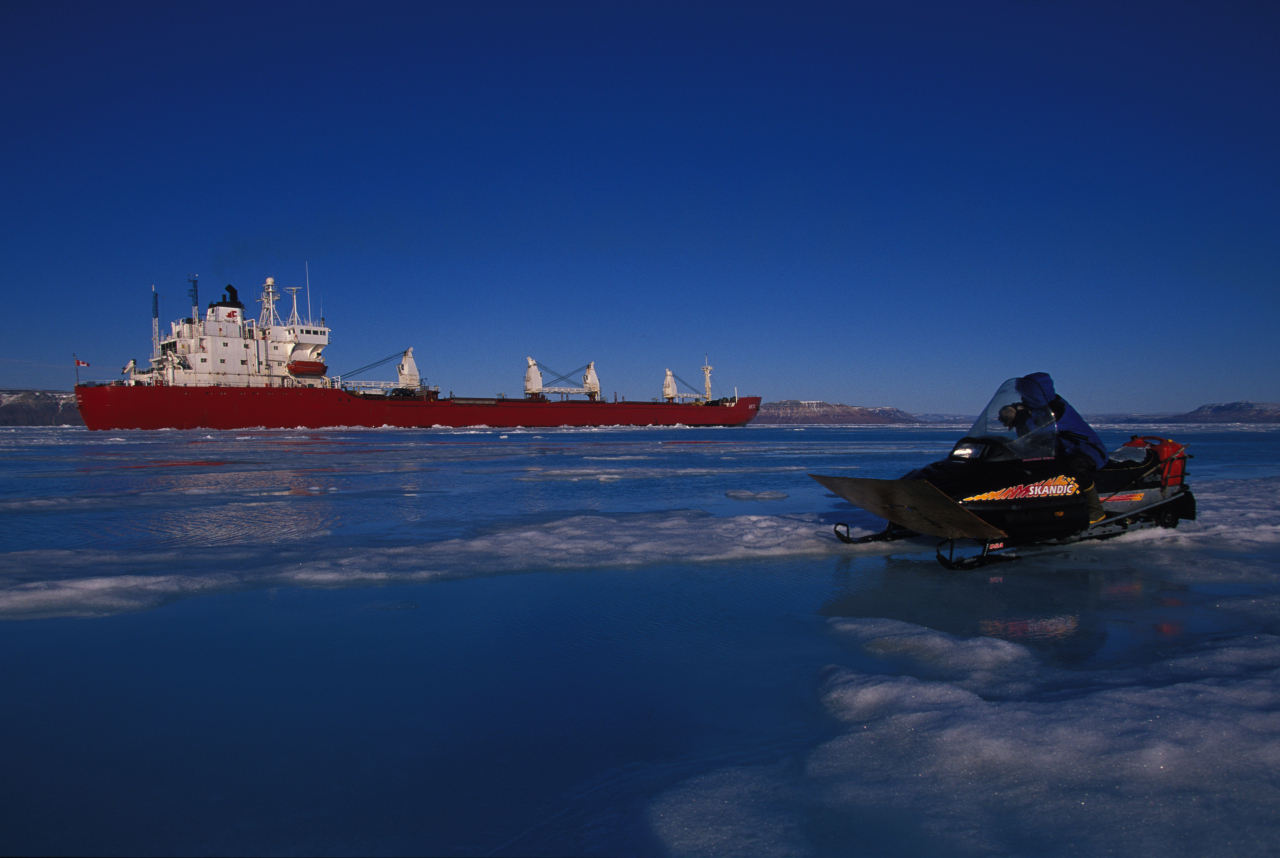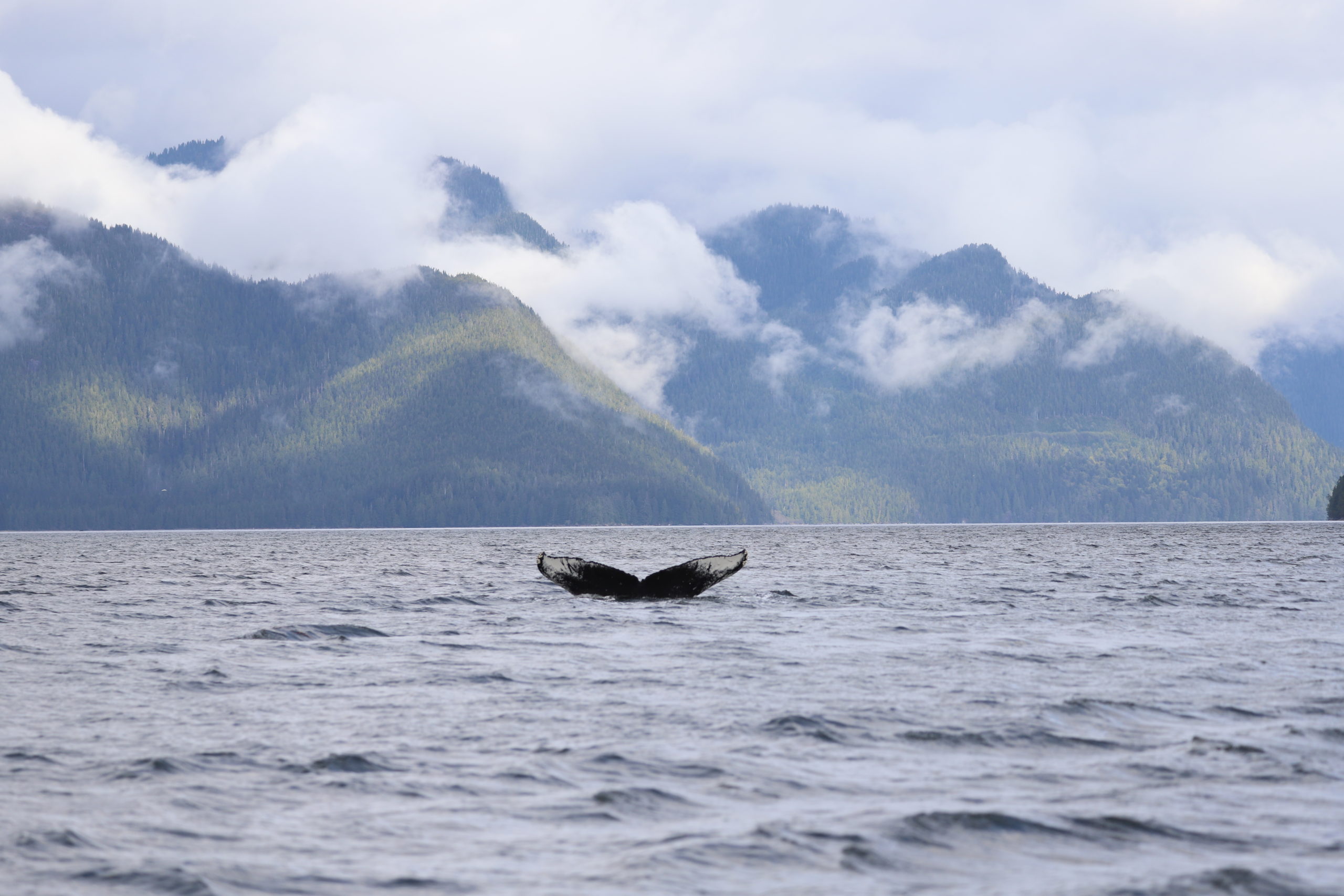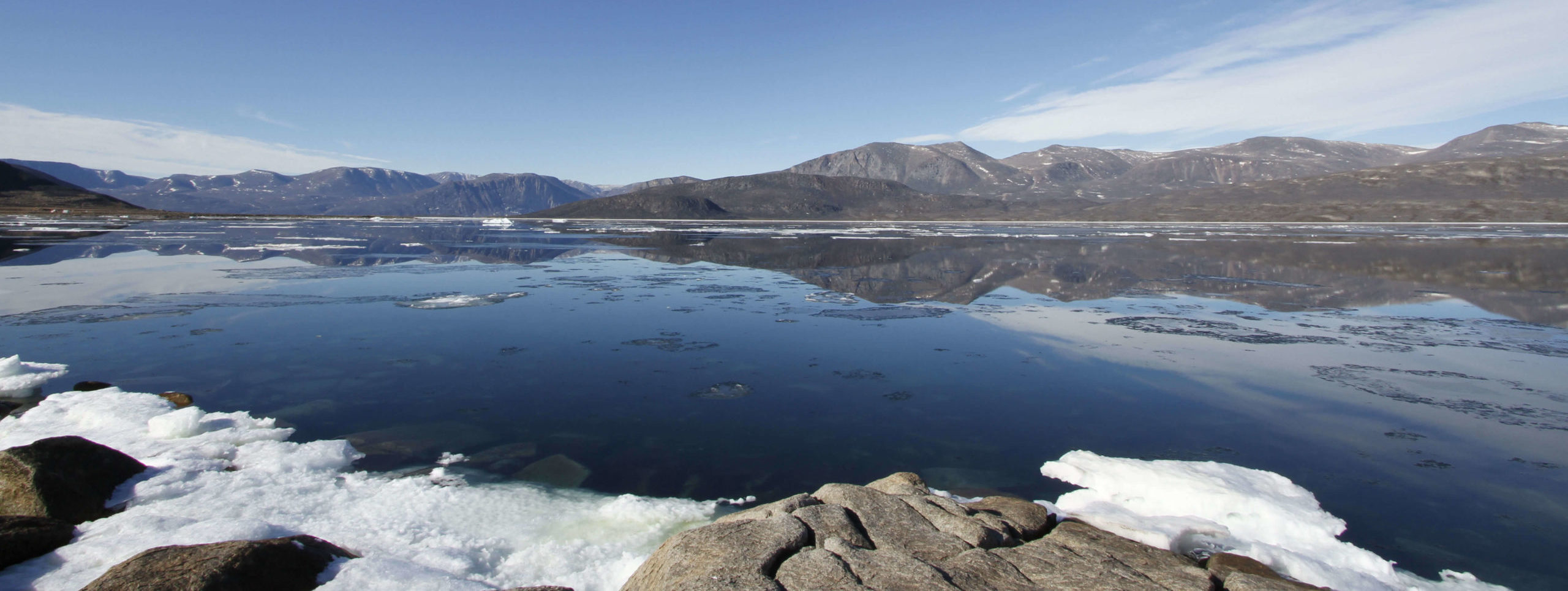Without question, a thriving shipping industry has the potential to drive prosperity in the North and contribute to Canada’s economy as a whole. But as shipping increases, so do the risks associated with operating in this remote and fragile environment. Potential oil spills and pollution could spell disaster for sensitive habitats already under significant pressure from climate change. And hazardous Arctic conditions increase the risk of accidents in a region where help may be 1,500 km away.
To manage those risks, government, industry, Indigenous and local communities, and environmental stakeholders need to work together. By establishing best practices and putting protection measures in place, we can ensure that development doesn’t come at a steep environmental cost. The time for action is now, before shipping traffic increases further.

